Introduction
In recent years, the popularity of battery-powered electronic products has made power consumption an increasingly important issue for analog circuit designers. This article will introduce how to use low-power operational amplifiers for system design, while also covering low-power operational amplifiers with low supply voltage capabilities and their applications. We will discuss how to correctly understand the specifications in the operational amplifier datasheets, comprehensively consider energy-saving technologies in circuit design, and achieve more efficient component selection.
Understanding Power Consumption in Operational Amplifier Circuits

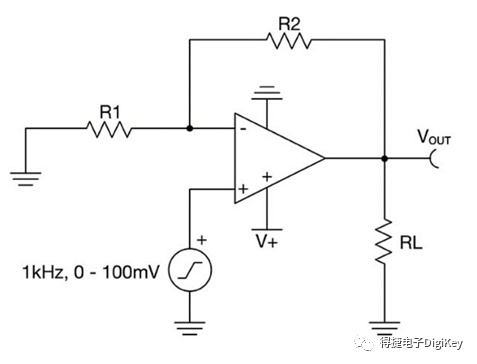
 Figure 3: Quiescent current of TI OPA391 (Image source: Texas Instruments)
Figure 3: Quiescent current of TI OPA391 (Image source: Texas Instruments)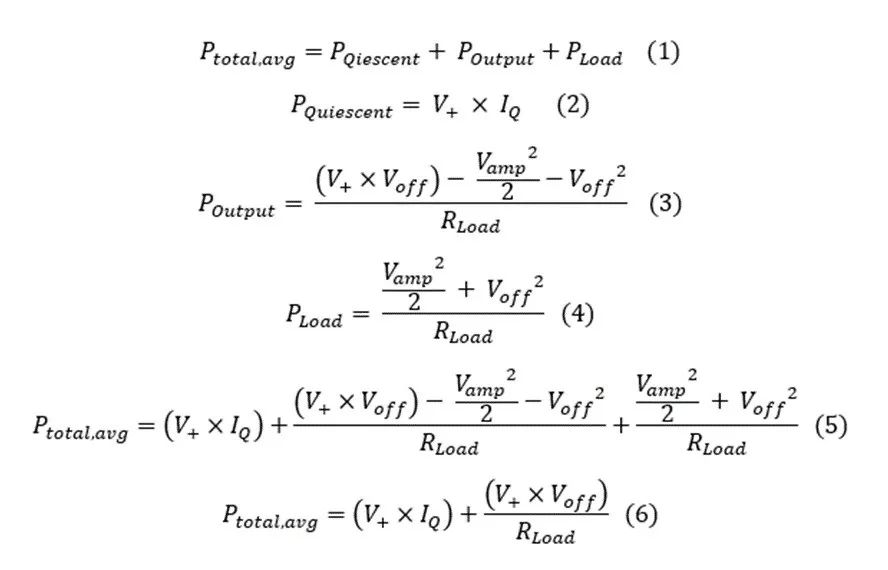
Choosing Components with AppropriateIQ Values

Reducing the Resistance Value of the Load Network

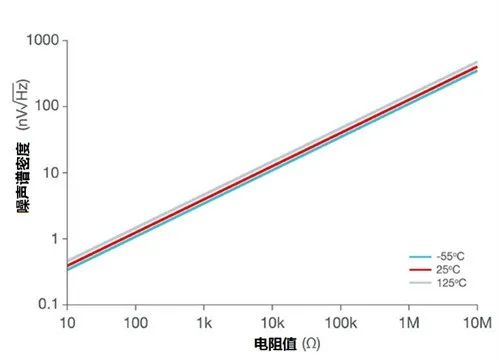
Real-World Examples
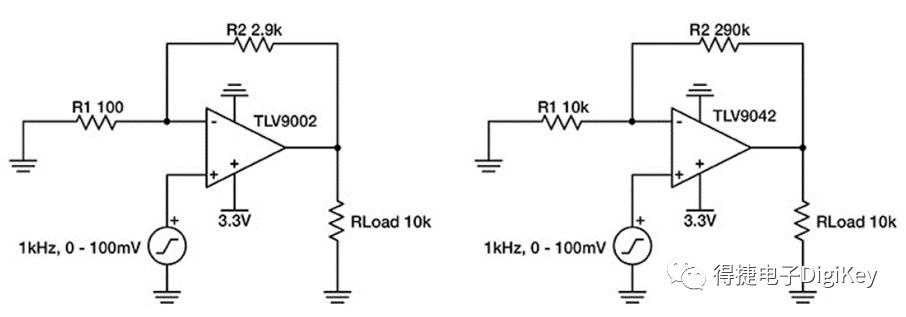
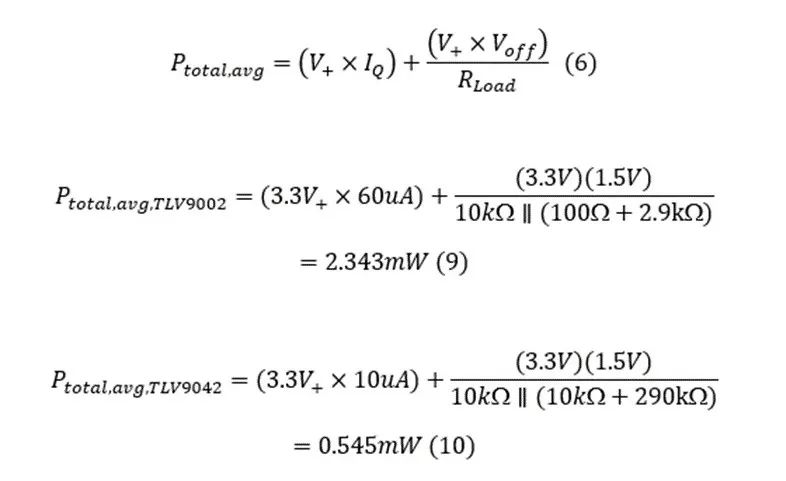
Saving Power with Low Voltage Rails

Battery-Powered Applications
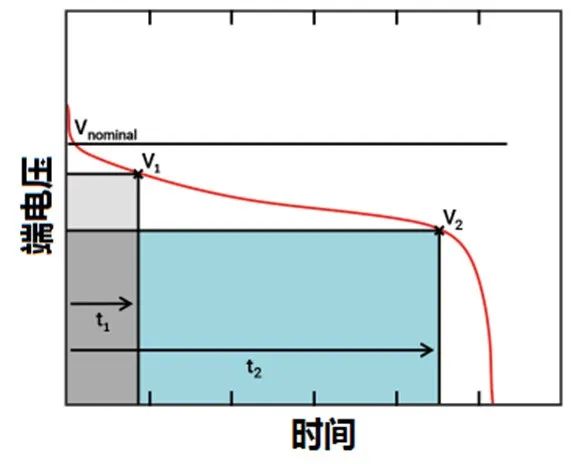
Low Voltage Digital Logic Levels
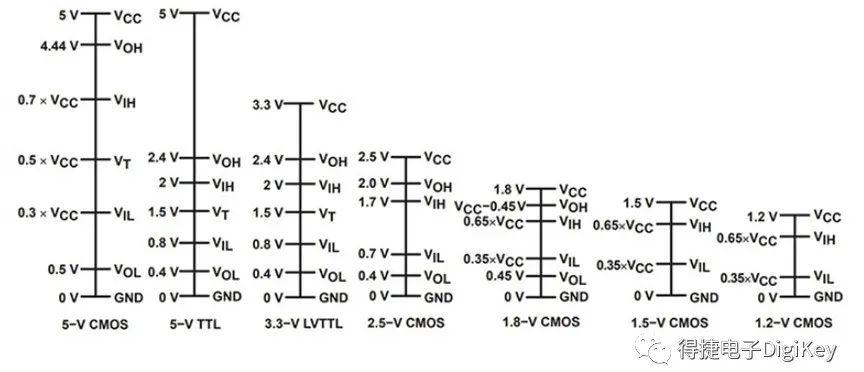
Digi-Key Operational Amplifier Parameter Filtering Tool
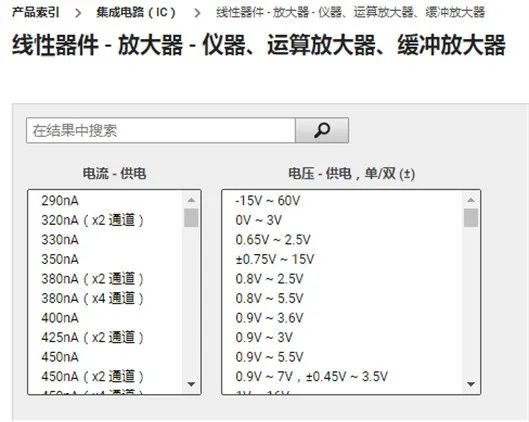
Conclusion


